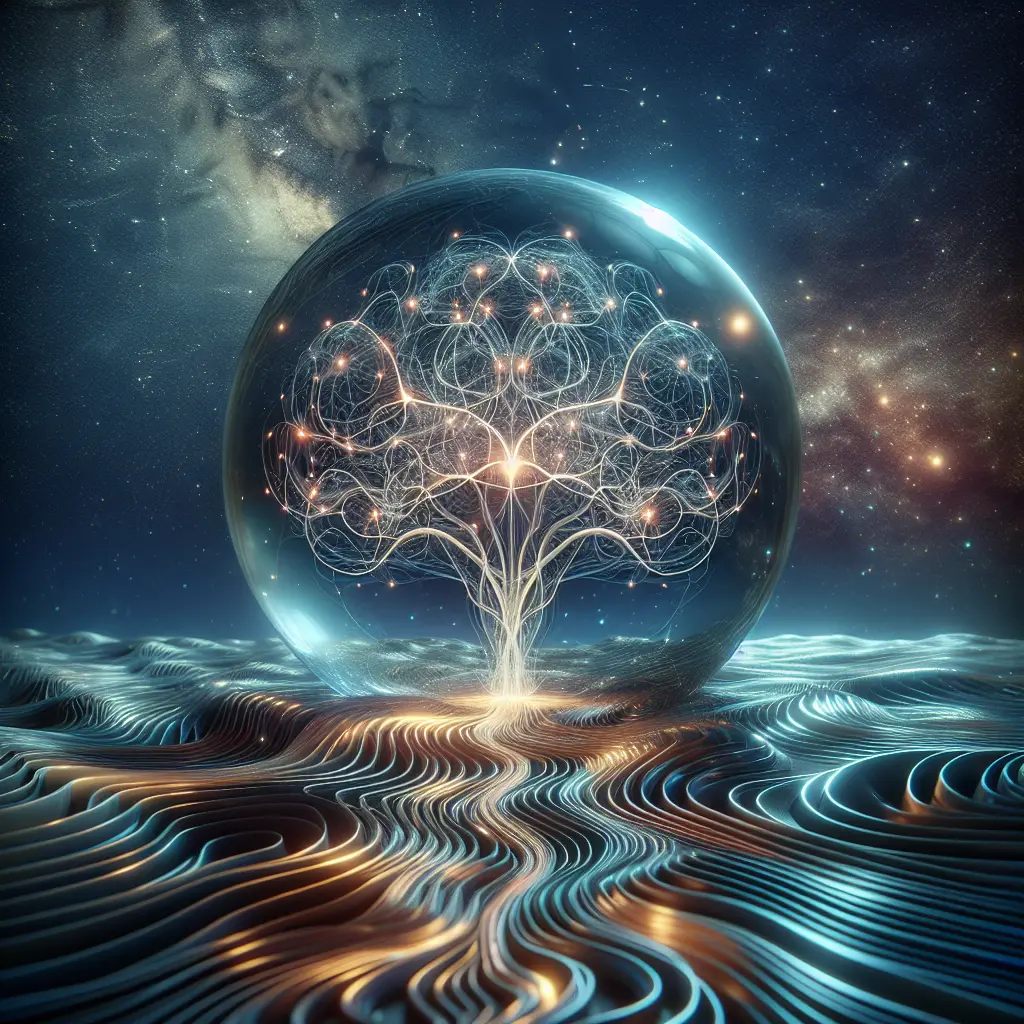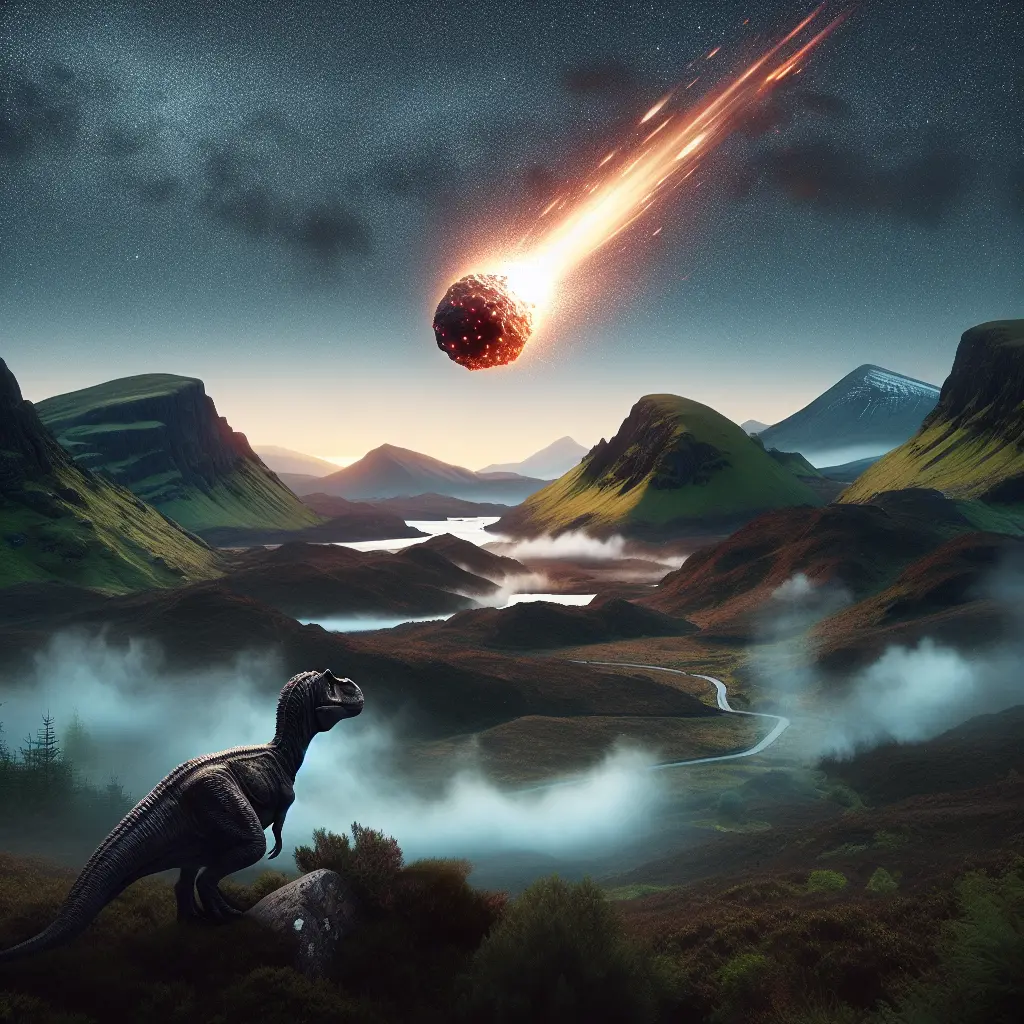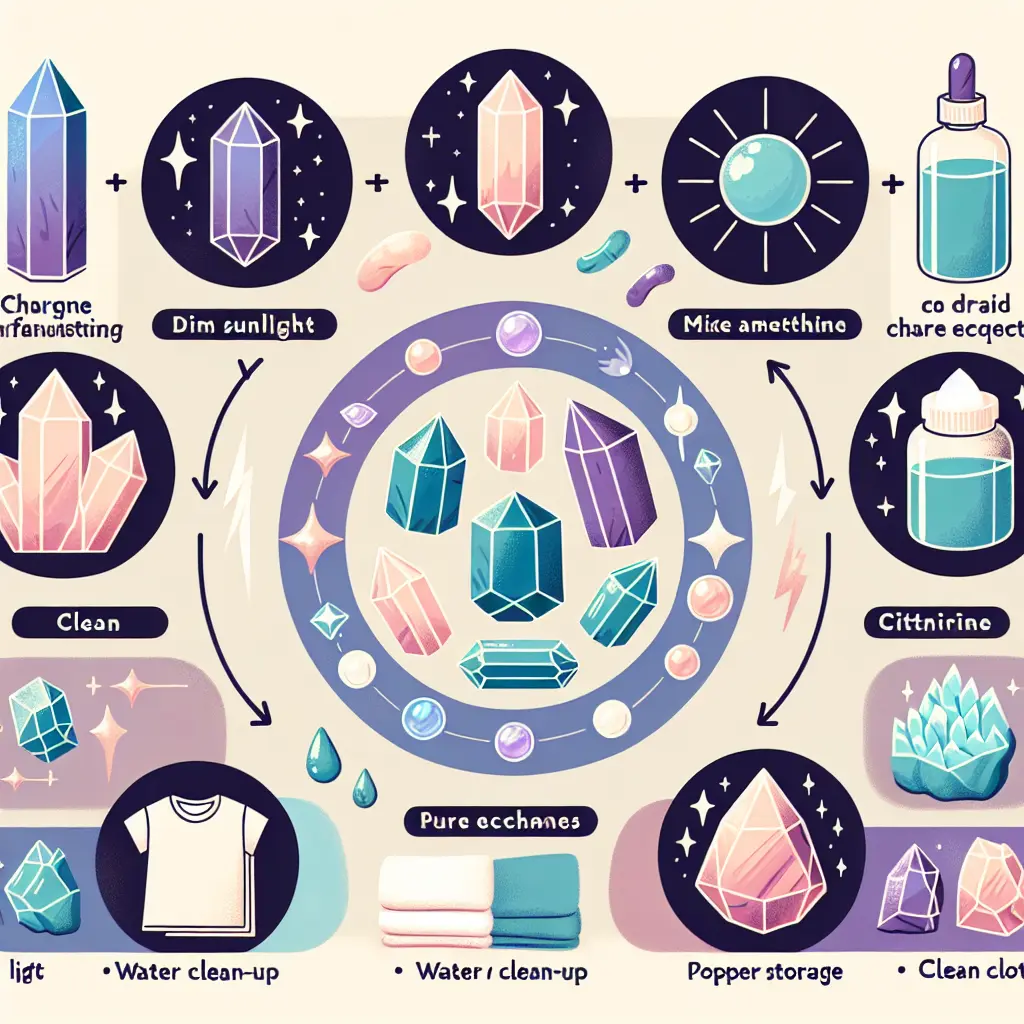Crystals have long been treasured not only for their beauty, but also for the stories they preserve about the origins of our planet and even life itself. Recent research into a billion-year-old meteorite that struck north-west Scotland is shedding new light on the pivotal role crystals play in unlocking the secrets of Earth’s deep past.
By meticulously analyzing microscopic crystals embedded within the impact site, scientists have revised the timeline for this cataclysmic event, revealing that it occurred some 200 million years later than previously believed.
Crystals form under specific conditions of pressure and temperature, capturing the chemical and physical environment of their creation within their atomic structure. When a meteorite strikes the Earth, the intense heat and energy can create unique crystal formations or alter existing minerals at a microscopic level.
In this case, scientists studied these tiny, resilient time capsules to determine not only when the meteorite impacted, but also how such an event could have influenced early life on Earth. Crystals become the silent witnesses to history in several ways: their structure traps isotopes that decay at known rates acting as natural clocks, shocked quartz and other unique minerals form only under meteorite impact conditions, and their chemical signatures record environmental changes—hinting at shifts in climate or atmosphere post-impact.
The revised dating suggests that this meteorite crash-landed in Scotland well after many key events in Earth's evolutionary history. Yet, by altering local environments and possibly even global conditions, such an impact may have played a role in shaping life’s trajectory.
How Crystals Reveal Earth’s Deep Past
Crystals from the impact site tell us more than just when the event happened—they hint at its aftermath. The heat and chemical changes from an impact can create hydrothermal systems where new life may thrive. Ejecta from the collision could alter atmospheric composition, influencing climate and biological evolution. By analyzing how crystal compositions change layer by layer, researchers can track how ecosystems recovered and adapted after such a dramatic event.
These findings showcase how crystals act as both timekeepers and storytellers, providing invaluable clues to events that shaped our world. Each layer within these minerals preserves a record of recovery, environmental shifts, and possibly even the emergence of new forms of life.
What’s truly remarkable is how these ancient crystals—tiny yet mighty—preserve clues to planetary events that occurred billions of years ago. The beauty visible in gemstones or mineral specimens is only part of their story; beneath the surface lies a detailed archive of cosmic and terrestrial drama.
If you are captivated by how minerals shape our understanding of the world, remember that each crystal holds not just geological, but cosmic memory—a testament to Earth's ongoing transformation. Their enduring presence bridges past and present, science and wonder.
Discover More About Meteorite Impacts and Crystal Science
For more details on this fascinating discovery and its implications, you can read the original article here: https://www.bbc.com/news/articles/c5yg3pg4edro.
May your fascination with crystals continue to reveal new wonders—both scientific and spiritual—on your journey through time and space.
Crystals remind us that Earth’s history is not just a story of rocks and minerals, but an ongoing narrative of transformation and discovery.
As science uncovers more about these remarkable natural timekeepers, we gain a deeper appreciation for the complexity and resilience of our planet’s history.
Shine on.







Leave a Comment